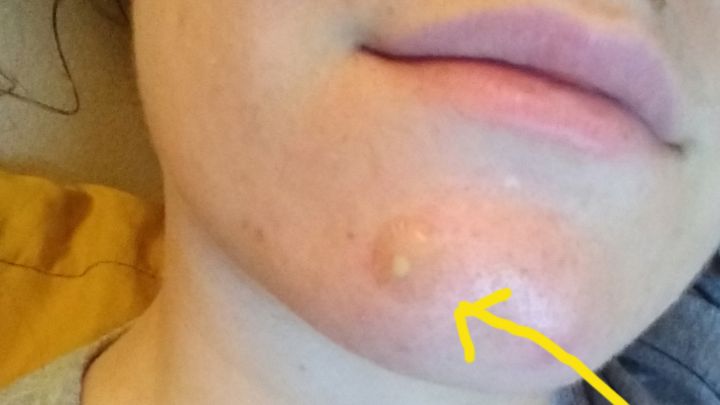
My first experience with a hydrocolloid patch ― the generic name for the various pimple patches people apply to their faces ― actually had nothing to do with a spot.
That’s because the same technology, and a lot of the same ingredients, are used on those blister patches you place on your ailing heel (fellow Docs lovers will know the pain).
But if I’m being totally honest, I had no idea why they shrunk my spots or healed my post-run bubble ― until I saw a TikTok from board-certified dermatologist Dr. Witney Bowe.
And yes, she did clarify what that white gunk is.
How do they work?
Speaking to the American Chemical Society (ACS), Hadley King, M.D., a board-certified dermatologist, said that the patches work by drawing moisture out of your skin.
That way, they shrink the spot while covering it so it has room to heal. The barrier means you can’t touch your spots, either.
“As the hydrocolloid gel adheres to the skin, it absorbs excess oil and dirt away from pimples,” Dr. King told ACS.
So it makes sense that, as Dr. Bowe explained in her Tiktok, the white spots you see after wearing patches overnight are not pus.
“They’re actually the hydrocolloid material absorbing fluid, extra moisture, extra water, which thickens the hydrocolloid material and just makes it look a little bit whiter in those spots,” the doctor said.
Should I use pimple patches for serious acne?
It’s not that you can’t use them in addition to an existing routine ― but they’re better for one-off “spot treatments,” Dr. Bowe shared.
That’s because, aside from being a bit wasteful if you’re using them on the daily, they don’t tackle the real root of the issue ― they just help to speed up the recovery of a certain type of existing zits.
ACS writes that patches are best for spots that are raised and have visible pus (basically, those you’d be tempted to squeeze otherwise).
Longer-term treatments may include salicylic acid, benzoyl peroxide, niacinamide, tea tree oil, or, in more serious cases, retinoids.
If you’re just looking to cover the odd spot, though, at least you can be rest assured your patch won’t be stuffed with its unspeakable contents...